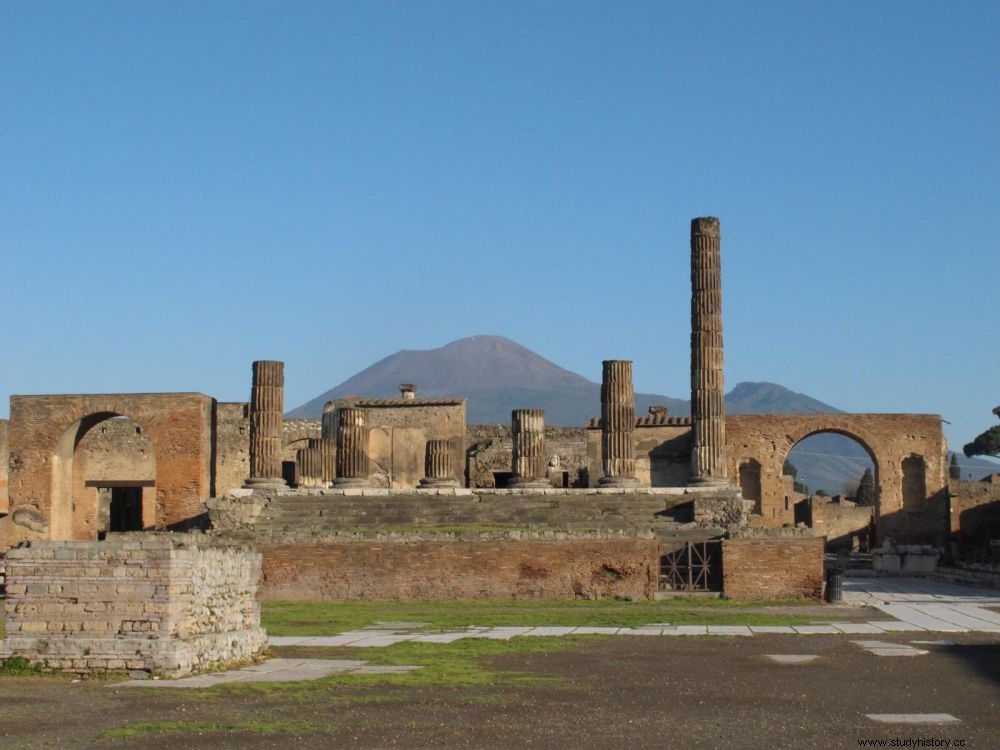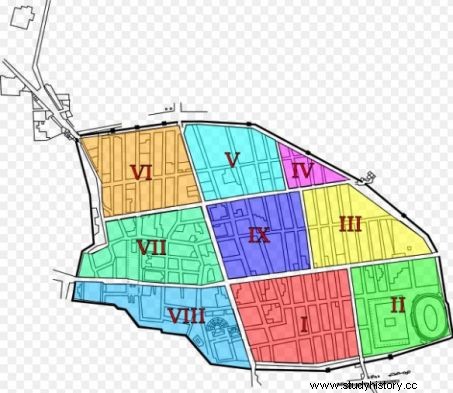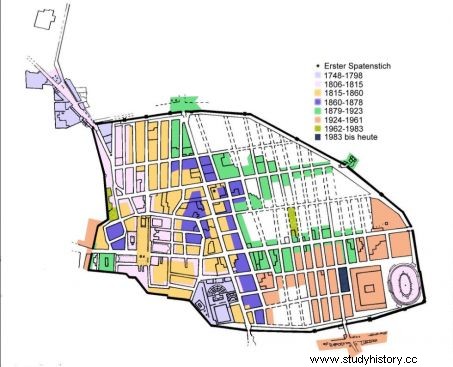High-tech archaeological excavations are being prepared in an area that has remained untouched since the eruption of Vesuvius in 79 CE.

View of Pompeii against the backdrop of Vesuvius.
"We expect great discoveries!" enthuses Massimo Osanna, Director-General of the Pompeii Archaeological Park (Italy). On Friday March 9, 2018, during a meeting on the future of Italian cultural heritage which took place at the Polytechnic of Milan, the next explorations of a brand new sector of Pompeii, the famous ancient city destroyed by the eruption of Vesuvius, in 79 AD.
For the first time since the end of the Second World War, a major excavation and exploration campaign should soon begin on a thousand m 2 in "Regio V" , a district located north of the Roman city, according to the Ansa news agency. Its objective will be to contribute to securing this district, which was partially studied on its outskirts from 1836 to 1875 and damaged by bombardments in 1943. But its main interest will be to systematically use the new technologies that archaeologists now use, as has been been able to do in recent years in the villa of Diomede, for example, under the aegis of Inria or the Ecole Normale Supérieure (read Sciences et Avenir n° 797).
The "Regio V" north of the Roman city of Pompeii.
The different sectors of the city of Pompeii excavated between 1748 and 1983. In white, the areas to date untouched by intervention.
Drones, lasers and 3D reconstructions will thus be used to study and explore large areas hitherto spared from any human intervention. Because the originality of this new mission will be to be able to invest the whole of a sector, without being limited to one or two domus - luxurious mansions - or a few insulae - apartment buildings - or tombs, as has been done regularly for decades. And all dreams are allowed! Because under the meters of thickness of lapilli ( pumice) which will be removed over the months, mosaics and frescoes could well reappear after 2000 years of waiting as well as unknown dwellings rich in their precious contents.
Will archaeologists also dig up new bodies? Everything leads to believe it. Undoubtedly enough to fill new pages of the volumes of the Pompeianarum Antiquitatum Historia in which are recorded all the discoveries made since the XVIII th century in the small town bordering the Tyrrhenian Sea. And perhaps make people forget the successive collapses and accidents that have struck in recent years – between scandals and negligence – several buildings of the prestigious site classified as a World Heritage Site (1997). A serious recovery followed with the payment in 2013, as part of the "Grand Pompei Project" a budget of 105 million euros (including 42.8 million from the European Union) for the restoration and safeguarding of this unique site in the world.


